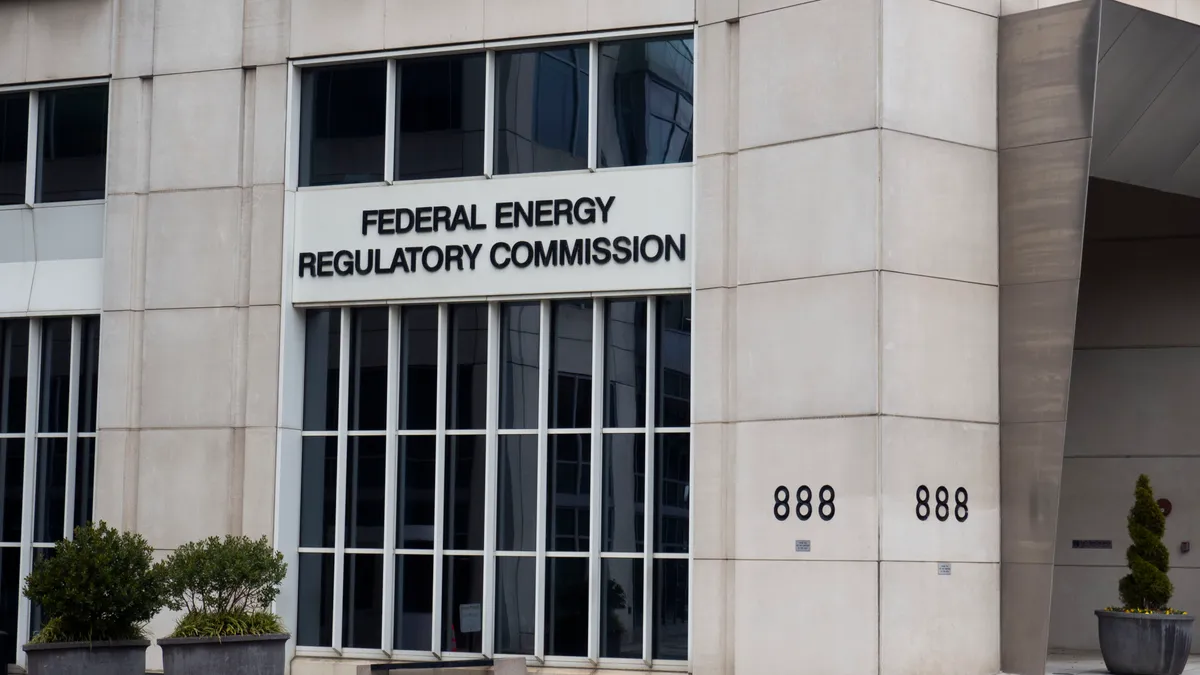For decades, clean energy developers have faced a long and often headache-inducing path to getting the green light for their projects. Environmental regulation, while a critical tool for protecting American resources and preventing global pollution, has at the same time created such a due diligence bottleneck as to prohibit the development of many of the projects that will get us to those outcomes.
That’s changing. The Fiscal Responsibility Act of 2023 (FRA), recent legislation intended to help the United States avoid immediate default, included a significant overhaul to existing environmental permitting regulation – primarily NEPA, the National Environmental Policy Act of 1969.
Let’s take a look at what the FRA and NEPA spell out, how the new legislation has altered the old, and what it means for you – and clean energy as a whole.
The Fiscal Responsibility Act: What Is It and Why?
The FRA’s goal was not to address the environmental permitting bottleneck, but rather America’s impending default by extending its debt limit into 2025.
Although permitting reform wasn’t the main reform, many of the bill’s provisions have led to a new NEPA.
NEPA: A Stationery Vehicle
The National Environmental Policy Act is a vehicle fueled by good intentions – but unfortunately, the historical broadness of its language has meant that vehicle frequently stands still.
NEPA, as defined by the Environmental Protection Agency, “requires the federal government to use all practicable means to create and maintain conditions under which man and nature can exist in productive harmony.”
Moreover, the agency continues, “NEPA requires federal agencies to assess the environmental effects of their proposed actions prior to making decisions. The range of actions covered by NEPA is broad and includes making decisions on permit applications, adopting federal land management actions, and constructing highways and other publicly-owned facilities.”
While these are all important aims in theory, on paper, they end up throwing up so many roadblocks that the United States is unlikely to meet its energy targets.
The FRA, as part of its overhaul to development, has made substantial changes to the often-vague language that has led to the bottleneck of today (and decades past).
New Definitions for NEPA
The Fiscal Responsibility Act of 2023 (FRA) includes detailed language which mandates substantial and much-needed environmental permitting reform to the process that governs the National Environmental Policy Act (NEPA).
One of the main ways it accomplishes this is through the strict definition of what comprises a “major federal action.” Formerly this was a matter of opinion, which naturally meant that environmentally leaning agencies defined it as broadly as possible. Again, while the motivations are pure, this often translates to killed projects and low percentages of clean energy in the US – only 12 percent at the last count.
Thus, the FRA dramatically shrinks what agencies can term a “major federal action.” For example, projects that no longer fall under that heading include:
- Actions that rely on little to no federal funding
- Those which don’t require federal involvement and where the agency can’t control the outcome
- Projects that don’t fall under federal jurisdiction
- Actions where no federal agency has control over how loans are used
… as well as others. Where a project does not meet the definition of a major federal action, its permitting requirements are significantly reduced or eliminated. Theoretically, this should lead to a hefty acceleration of project kickoffs and completions.
Other FRA Changes to NEPA
The Fiscal Responsibility Act takes specific action on a number of other facets of NEPA.
As assessed by Transect’s Head of Environmental, Bob White, the Act amends the environmental review process under NEPA by streamlining the application and documentation process. It also sets time limits for agency review and narrows the scope of agency consideration. One major provision is the establishment of development project thresholds that preclude agencies from the requirement of preparing environmental documents.
Other key takeaways include establishing:
- A single federal agency as lead in coordinating other agencies in the permitting process
- Report page limits to narrow the scope that an assessment document can address
- Clarification that the scope of federal review is limited to “reasonably foreseeable environmental impacts” with “reasonable economic impacts”
- Time limits on the preparation of environmental documents
- A mechanism for developing an “eNEPA” portal for online or digital communications to facilitate agency and applicant sharing of data and information
FRA permitting reform allows us to accelerate regulatory authorizations, reduce the federal permitting bottleneck, and prioritize renewable energy development like never before.
From an environmental and clean energy development perspective, the FRA has made NEPA a much less formidable hurdle to development. Rather than becoming cause for shelving a project, the NEPA assessment and permitting process will be much more manageable for developers.










